5 HANDY TOOLS FOR
RE-STRINGING A GUITAR
Here are some affordable tools guaranteed to make string changes quicker and easier.
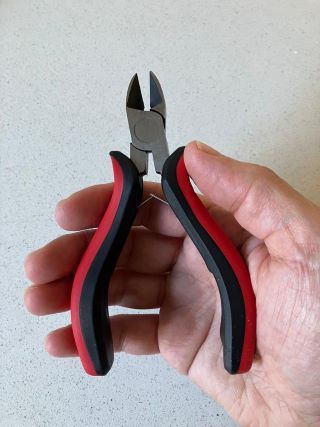
1. String cutters
Get yourself a good pair of string or wire cutters with sharp blades. They don’t need to be made specifically for guitar strings – any good pair will do. For electric and acoustic guitars, a pair around 5” long is perfect as it sits neatly in the hand and is easy to get in around the tuning posts once the guitar is strung. If you play bass, you may need something a little bigger and more heavy duty due to the extra thickness of bass strings.
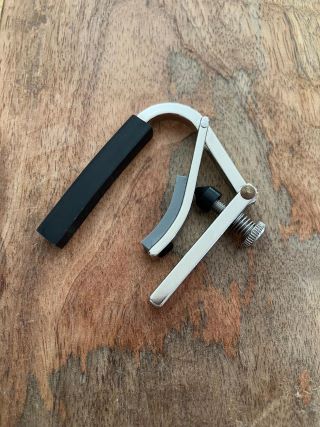
2. Capo
A capo is really useful for giving you back the use of one hand. Use it to hold the strings in place on the neck while you take care of the string windings at the headstock. For this purpose, a capo which can be tightened/loosened (rather than one that operates based on a spring) is preferable, as you only need a light touch to keep the strings in place – you don’t need to strangle the life out of them!
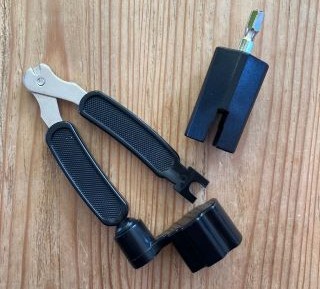
3. String winder
A string winder really speeds up the process of slackening strings when you’re removing them, and tightening them when you’re fitting a new string. You can even buy an attachment on the end of a drill bit, allowing you to use a handheld drill to wind a machinehead in a matter of seconds. If you try this, use a slow speed to avoid over-winding and snapping the string!
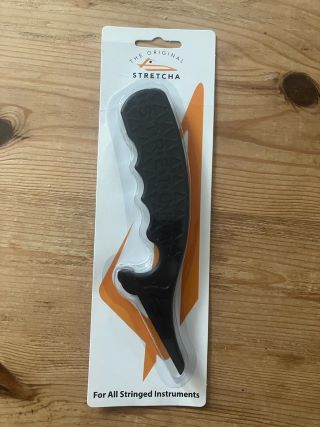
4. String stretcher
All new strings need stretching before they will stay in tune. You can stretch strings manually, but this simple tool really makes life easier (and is much kinder on your hands). Just run it up and down each string 2-3 times and then tune up as normal. Trust me, once you’ve used this tool you’ll never go back…
Use the tool on moderately slackened strings, as you’ll need a little clearance above the fretboard. Don’t try to use it on strings that have been tuned to pitch – that’s a good way to snap a string!
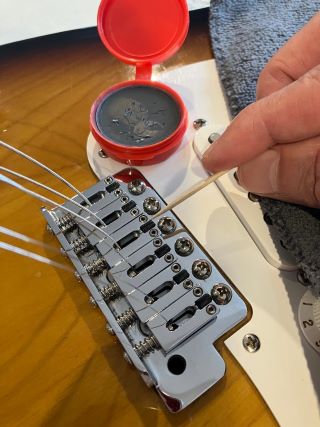
5. Lubricant
It’s a good idea to lubricate points of friction each time you change strings. The key points of friction for strings are the nut slots, the bridge saddles and (if your guitar has them) the string trees. A little lubricant in these places can improve tuning stability and is particularly important on guitars with a tremolo. Don’t overdo it with the lubricant – a little goes a long way! Wipe off any excess once the strings are in place.
There’s a lot more to say about guitar lubricant which we’ll save for another time, so stay tuned…
Join us on Facebook and share your favourite guitar-related tools
Sign up to be the first to know about our latest blog items
